Exclusive | Observatory near Tri-Cities makes scientific history. Here’s the latest discovery
Scientists are certain they have detected the rare collisions of a black hole and a neutron star for the first time with the help of the LIGO observatory at Hanford in Eastern Washington.
The violent mergers sent gravitational waves surging through the fabric of space and time, rippling across at least 900 million light-years to reach Earth.
In the five years since the Laser Interferometer Gravitational-wave Observatory at the Hanford nuclear reservation made its first discovery, the gravitational waves of more than 50 merging pairs of black holes or, more rarely, neutron stars have been detected there and at its associated observatories.
But this is the first time gravitational waves from the merger of a black hole and neutron star have been confirmed.
The phenomenon was detected twice in January 2020, according to a paper published Tuesday in The Astrophysical Journal of Letters.
During the initial discovery, Jan. 5, 2020, the Hanford LIGO just north of Richland was temporarily off-line, but gravitational waves were observed by its twin observatory in Louisiana and the Virgo observatory in Italy.
Ten days later, LIGO Hanford detected the signal of a second black hole and neutron star merger along with the other two observatories.
Unlike more conventional observatories that search the night skies for light, Hanford LIGO and the other gravitational-wave observatories detect minute movements in Earth as gravitational waves pass through it.
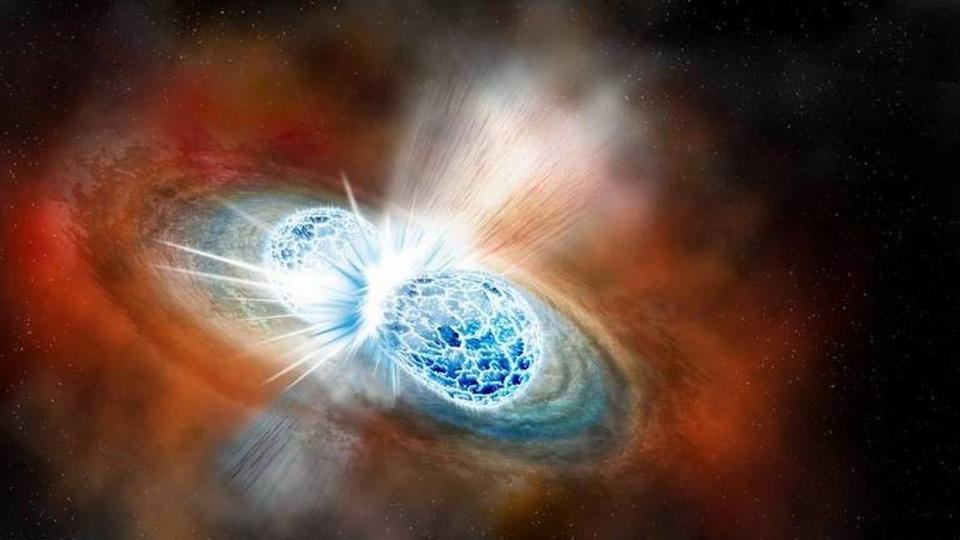
Neutron stars are the dense remnants of dying stars that undergo catastrophic explosions as they collapse at the end of their lives.
Black holes are also the corpses of massive stars, with black holes being even more massive than neutron stars.
In both detections, the neutron star was likely swallowed whole by the black hole it orbited, according to the LIGO Scientific Collaboration.
1 billion light-years away
Astronomers have spent decades searching for neutron stars orbiting black holes in the Milky Way, Earth’s home galaxy, but have found none so far.
“With this new discovery of neutron star/black hole mergers outside our galaxy, we have found the missing type of binary,” said Astrid Lamberts, researcher for the Virgo collaboration, an announcement of the finding.
“We can finally begin to understand how many of these systems exist, how often they merge, and why we have not yet seen examples in the Milky Way,” she said.
Detecting two mergers of black holes and neutron stars allow researchers to estimate that within 1 billion light-years of Earth, there is about one such merger a month, according to the LIGO Scientific Collaboration.
The merger detected at Hanford LIGO involved a black hole about nine times the mass of Earth’s sun and a neutron star about 1.5 times the mass of the sun.
They collided roughly 1 billion light-years from Earth.
Because Hanford LIGO and two other observatories detected gravitational waves on Jan. 15, scientists were able to narrow down the part of the sky where the collision occurred. However, it was still an area 3,000 times the size of a full moon, according to the LIGO Scientific Collaboration.
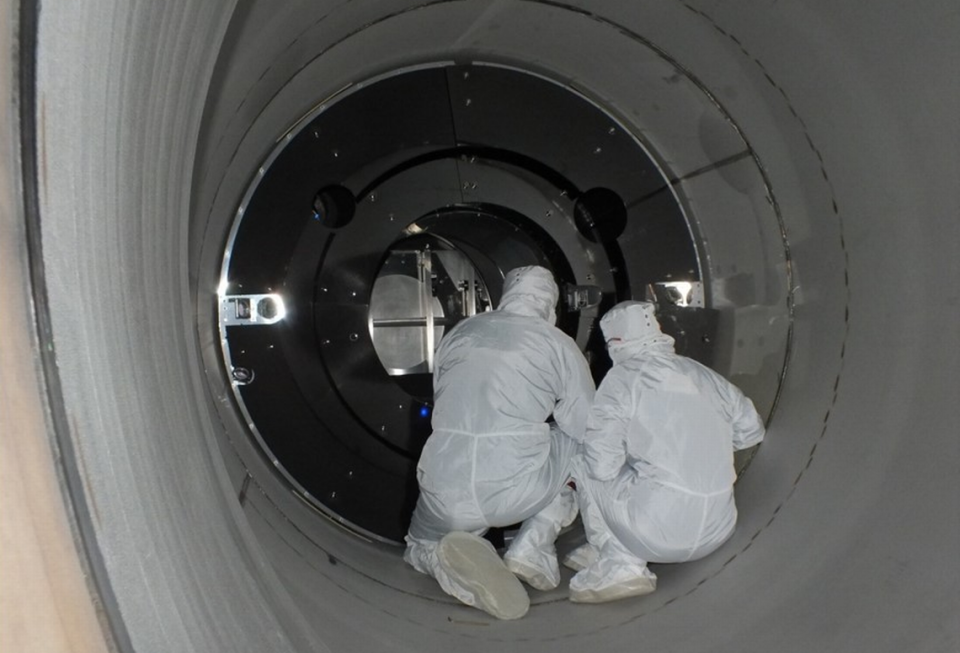
The detection earlier in the month was of a larger black hole, 9 times the mass of the sun, and a 1.9-solar-mass neutron star.
However, because its signal was only strong at the Louisiana LIGO, the area of the sky where it occurred could be narrowed down only to an area 34,000 times the size of a full moon.
Looking for light
When black holes collide, they give off no light.
But mergers that include neutron stars emit a flash of light in the form of gamma rays.
That raises the possibility that observatories that observe forms of light, including X-ray, ultraviolet, infrared and radiowaves, can also detect mergers with neutron stars, adding to scientific data.
Astronomers were alerted and began searching the night skies shortly after gravitational-wave observatories detected the January 2020 mergers.
However, they had no luck.
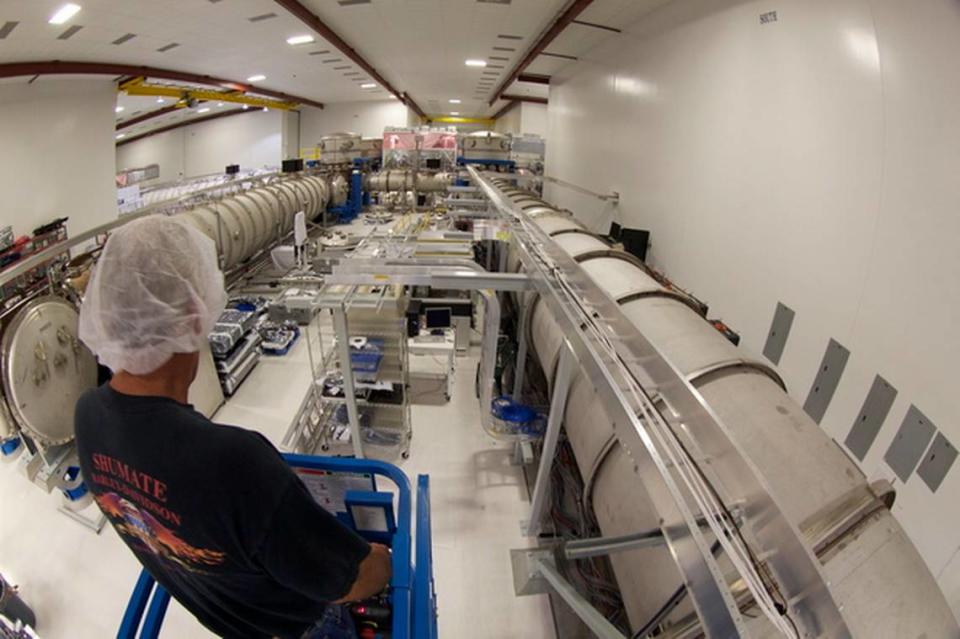
The mergers may not have given off any light because the black holes were large enough to swallow the neutron stars whole, according to LIGO scientists.
“These were not events where the black holes munched on the neutron stars like the cookie monster and flung bits and pieces about,” said Patrick Brady, a professor at University of Wisconsin-Milwaukee and spokesperson of the LIGO Scientific Collaboration.
“That ‘flinging about’ is what would produce light, and we don’t think that happened in these cases,” he said in a press release.
In addition, the mergers were so far from Earth that any light coming from them would be dim and difficult to detect.
Twice in the past the network of the two U.S. LIGOs and Virgo have suspected they detected black hole and neutron star mergers, but were unable to confirm the findings.
In one, scientists were unsure if they were detecting a merger or just “noise” in the data from other minute movements that appeared to be gravitational waves passing through Earth.
In the other case, the masses of the possible neutron star would have been the heaviest known and the black hole would have been the lightest known, raising questions about the possible detection.
LIGO Hanford observatory
The LIGO Hanford gravitational-wave observatory is currently shut down along with other observatories for work to improve its detection abilities.
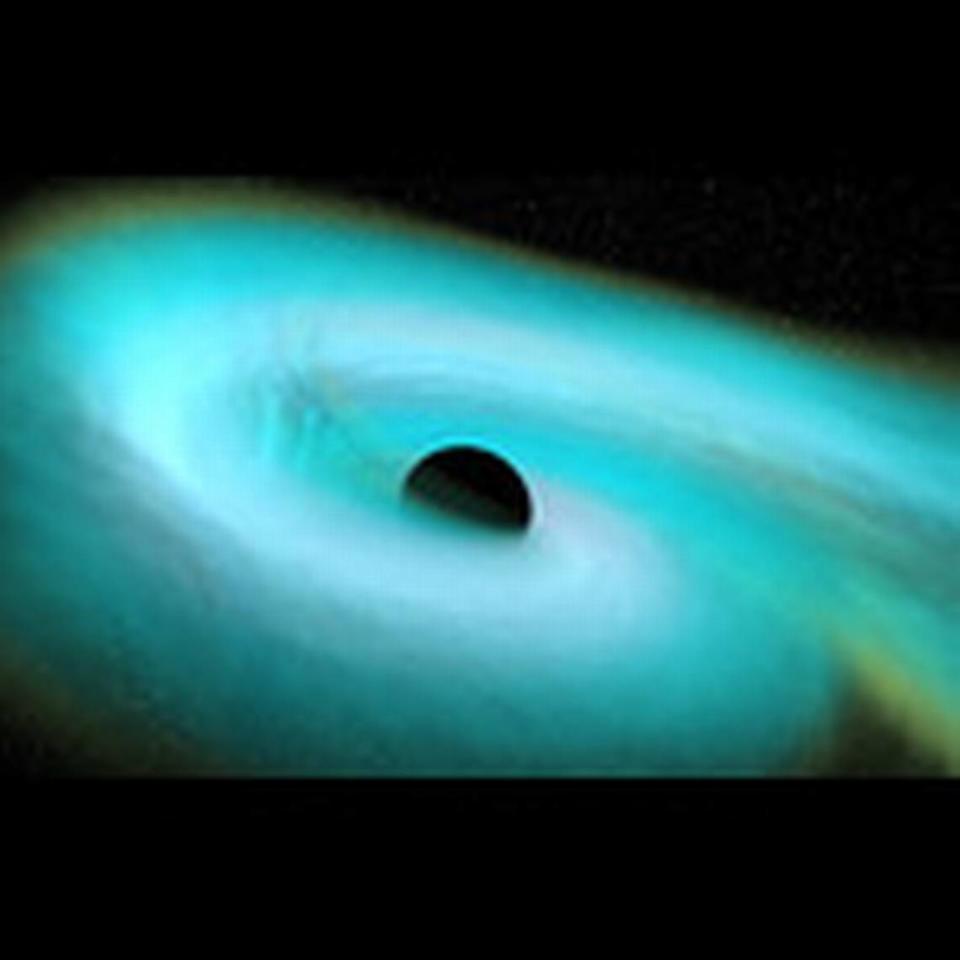
It is scheduled to start its next observing run next summer along with observatories in Louisiana, Italy and a new observatory in Japan.
“With the improved sensitivity, we hope to detect merger waves up to once per day and to better measure the properties of black holes and super-dense matter that makes up neutron stars,” Brady said.
The LIGO Hanford observatory, funded by the U.S. National Science Foundation, operates on the Department of Energy’s 580-square-mile Hanford site near the Tri-Cities in an area never used by the nation’s nuclear weapons program.
The site provides a relatively still environment to search for gravitational waves. But scientists there still must filter out signals from space from among data produced by other movement, such as vibrations detected at Hanford from ocean waves across Washington state on the Pacific Coast.
LIGO Hanford has two vacuum tubes that extend for 2.5 miles across the Hanford shrub steppe at right angles. At the end of each, a mirror is suspended on fine wires.
A high-power laser beam is split to go down each tube, bounding off the mirrors at each end. If the beam is undisturbed, it will bounce back and recombine perfectly.
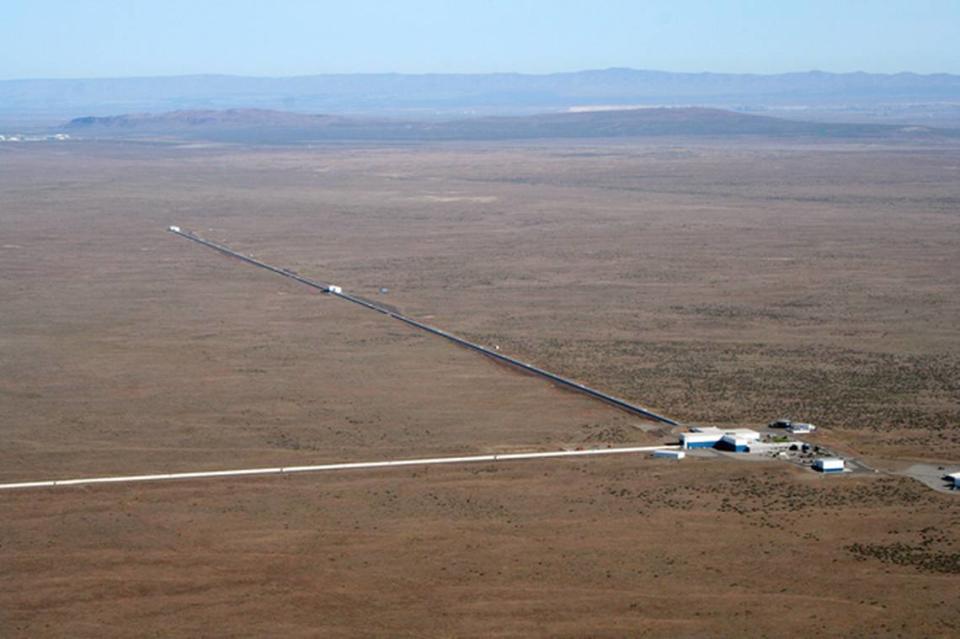
But a gravity wave pulsing through the Earth stretches objects lengthwise and causes them to compress sideways. A circle would become an ellipse.
At LIGO Hanford, one arm would become longer and the other shorter. The laser beams would no longer perfectly combine.
LIGO Hanford made scientific history in 2016 when it and the Louisiana observatory announced they had detected gravitational waves passing through Earth for the first time, confirming Albert Einstein’s theory of relativity.

